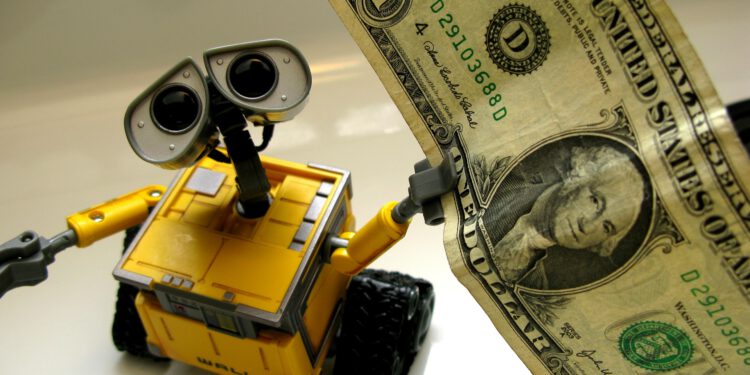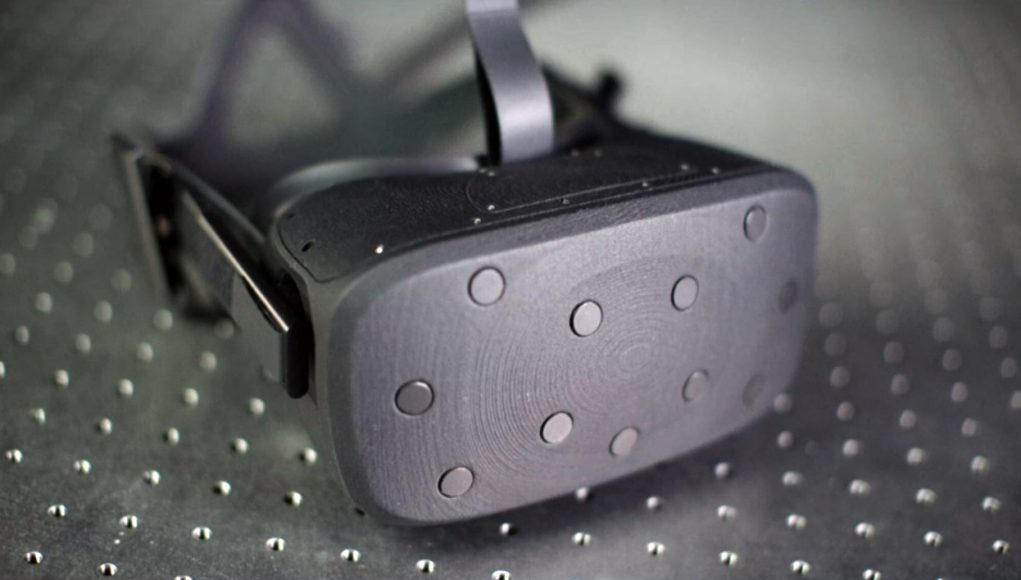The AI field in China is moving forward and its startups already receive more money than those in the US, in this field.
It is only an indicator, but put in context it marks a clear trend. The analyst firm CB Insights has published a report that figures in 15,200 million the capital invested in 2017 in startups of artificial intelligence. But the really interesting thing about this studio is the cast. Chinese companies would have taken 48% of this money while Americans, 38%.
The remaining percentage is for projects in other countries. These estimates highlight two key aspects. One of them is that between China and the United States account for an overwhelming 86% of private capital that is invested in artificial intelligence. Which leaves the rest of the world with only 14% of the investment.
The second revelation of the CB Insights report is that this year is the first in which Chinese AI entrepreneurial ecosystem surpasses US in capital pool. Something’s changing. Especially because in 2013, in the North American country there were 77% of startups working in this field. In 2017, the United States already hosts less than half of the companies dedicated to this area.
Even so, the United States is still the country where most AI startups are concentrated. But China follows him closely. The fact that their companies have attracted more investment gives an idea of the overall trend. We must not forget that this occurs in a scenario in which the injected capital increases. In 2017 investment grew by 141% in this areacompared to the previous financial year.
Another factor that contributes to drawing a general trend is the Chinese government’s commitment to artificial intelligence. Beijing has announced an ambitious plan to take the lead in this technological area in the medium term. It aims to be the undisputed leader in 2030, backed by a broad market.
The figures are dizzying. The artificial intelligence market in China by 2030 will have a value of 150,000 million dollars. These are the forecasts of the Beijing executive. To that end, the government will promote the development of state-of-the-art chips, automation software, robotics and algorithms capable not only of learning but also of teaching.
Images: frankieleon, CraigTaylor74









